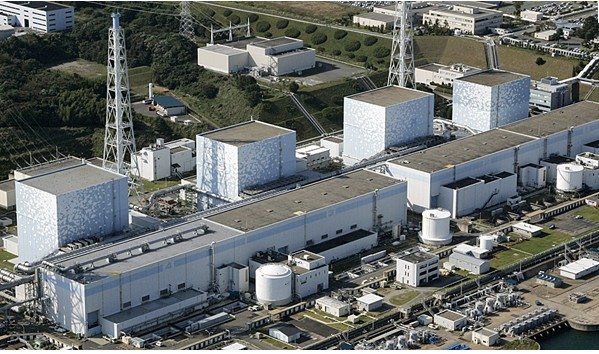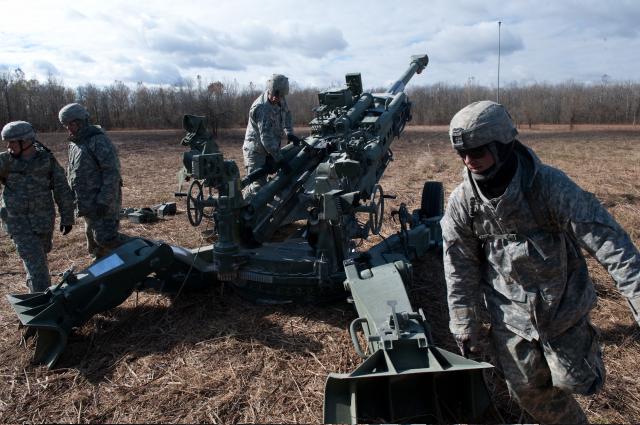Japanese crews grappling with the world’s worst nuclear incident since Chernobyl temporarily pulled out Wednesday as radiation rose following feared damage to a reactor containment vessel.
The evacuation order at the Fukushima nuclear power plant, where a tall stack of white cloud billowed high into the sky, deepened the crisis gripping Japan after an earthquake and tsunami pulverised its east coast on Friday.
“Around 10:40 am (0140 GMT) we ordered the evacuation of workers… due to the rise in (radioactivity) data around the gate” of the ageing plant, a nuclear safety agency official said at a televised news conference.
The radiation levels peaked at a relatively low 6.4 millisieverts, officials said, but some three hours later there was no news on whether the crews had been allowed back into the plant 250 kilometres (155 miles) northeast of Tokyo.
With nerves on edge across the world’s third-biggest economy and beyond, people across Asia have been stripping shelves of essentials for fear of a major emission of radiation from the stricken power plant on the east coast.
Before the evacuation order, crews at Fukushima contended with a new fire and feared damage to the vessel containing one of the plant’s six reactor cores.
However, after the Tokyo stock exchange’s biggest two-day sell-off in 24 years sparked a global market rout, the headline Nikkei share index recovered 4.37 percent on Wednesday morning as investors snapped up bargains.
The Bank of Japan pumped another 3.5 trillion yen ($43.3 billion) into the financial system, adding to trillions spent this week since the 9.0 magnitude earthquake and towering tsunami crippled a large swathe of the economy.
Authorities are staring at a staggering death toll. The devastation in tsunami-hit areas such as the small fishing town of Minamisanriku is absolute, with the northeastern settlement missing about half of its 17,000 people.
“Ten of my relatives are missing. I haven’t been able to get in contact with them,” 54-year-old Minamisanriku resident Tomeko Sato, who lost her house in the disaster, told AFP.
“I was very surprised by the power of the tsunami… next time, I will live on the hill and hope it never happens again.”
Millions in Japan have been left without water, electricity, fuel or enough food and hundreds of thousands more are homeless, stoically coping with snow and freezing rain in the northeast.
At the crippled Fukushima nuclear plant, live TV footage showed the cloud of white smoke rising high into the clear blue sky.
The containment vessel around the core of reactor number three may have suffered damage, and the “likeliest possibility” for the white cloud was steam escaping from the vessel, chief government spokesman Yukio Edano said.
The number-three reactor was hit by a blast Monday that tore off the outer structure of the reactor building.
Fire crews fought a new blaze early Wednesday at reactor number four, operator Tokyo Electric Power Co. (TEPCO) said, but it was later extinguished.
Engineers have been desperately battling a feared meltdown at the 40-year-old plant since the earthquake and tsunami knocked out cooling systems and fuel rods began overheating.
There have now been four explosions and two fires at the complex, with four out of its six reactors in trouble.
France’s Nuclear Safety Authority said the disaster now equated to a six on the seven-point international scale for nuclear accidents, ranking the crisis second only in gravity to the level-seven Chernobyl disaster in 1986.
But Yukiya Amano, the Japanese chief of the International Atomic Energy Agency, insisted Tuesday there was no comparison to the Chernobyl crisis, when radiation spewed across Europe.
The head of the UN’s atomic watchdog said that unlike Chernobyl, the Fukushima reactors have primary containment vessels and had also shut down automatically when the earthquake hit, so there was no chain reaction going on.
President Barack Obama, who has dispatched a naval flotilla led by a US aircraft carrier to aid in the quake-tsunami rescue operation, said he was “deeply worried” about the potential human cost of the disaster in Japan.
The government in Tokyo said it was ready to draft in more help from the 49,000 US military personnel stationed in Japan.
Obama also vowed to “further improve” the safety of US atomic facilities, while several European nations announced reviews of their own nuclear installations and Germany temporarily shut down seven reactors. Hoax emails and text messages warning of radiation drifting south from Japan have set off a run on essentials such as bottled water and fresh milk in places as far afield as the Philippines.
China said it was stepping up checks of travellers and goods inbound from Japan for possible radiation contamination.
Japan’s government has warned that panic buying could hurt its ability to provide aid to areas devastated by Friday’s natural disaster, which has left 3,373 confirmed dead. Many thousands more are still missing.
Edano, who is the chief cabinet secretary, said Japan as a whole was amply provided with fuel but stressed that petrol and kerosene were “very short” in the ravaged northeast.
“Those who do not live in disaster-hit areas, please do not buy (fuel) in bulk. We have enough to meet the nationwide demand,” he said, adding that the government was doing its all to get fuel to the north.
The normally heaving streets and subways of Tokyo were quieter than usual on Wednesday morning. The number of people sporting paper face masks has shot up, although the masks are no use against radiation.
Radiation levels in the capital’s vast urban sprawl of 30 million people have see-sawed without ever reaching harmful levels, according to the government.
But the government has warned people living up to 10 kilometres (six miles) beyond a 20-kilometre exclusion zone around the Fukushima plant to stay indoors. More than 200,000 people have already been evacuated from the zone.
“What we most fear is a radiation leak from the nuclear plant,” Kaoru Hashimoto, 36, a housewife living in Fukushima city, 80 kilometres northwest of the power plant, told AFP by phone.
“Many children are sick in this cold weather, but pharmacies are closed. Emergency relief goods have not reached evacuation centres in the city,” she said.
“Everyone is anxious and wants to get out of town, but there is no more petrol.”











